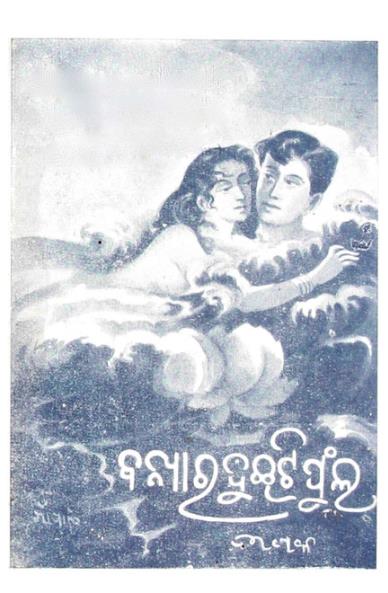In the vibrant tapestry of Odia literature, certain works emerge as significant touchstones that capture the complexities of human emotions and societal realities. One such novel is Banyara Duiti Phula (translated as Two Flowers of the Banyan Tree) by the renowned author Dipaka, published in 1946. This novel is celebrated not only for its compelling narrative but also for its profound exploration of love, sacrifice, and the intricate interplay of relationships enmeshed within the cultural context of Odisha.
At its core, Banyara Duiti Phula revolves around the lives of two protagonists, whose destinies intertwine against the backdrop of family dynamics, societal expectations, and personal aspirations. The title metaphorically represents the duality of human existence, as the banyan tree is a symbol of strength and resilience while its flowers embody beauty and fragility. This duality serves as a lens through which readers can explore the themes of love and loss throughout the narrative.
Dipaka’s storytelling is remarkable for its emotional depth. He intricately weaves the lives of his characters, allowing readers to witness their struggles, dreams, and heartaches. The protagonists face challenges that compel them to navigate the intricate societal norms and familial obligations that define their lives. As the narrative unfolds, the reader is drawn into a poignant exploration of love that transcends mere romantic notions; it becomes a manifestation of duty, longing, and sacrifice.
One of the novel’s strengths lies in its rich characterization. Each character is painted with care, possessing distinct personalities and motivations that make them relatable. As readers delve deeper into their lives, they find themselves empathizing with their sorrows and triumphs. This emotional connection is further enhanced by Dipaka’s eloquent prose, which conveys the nuanced feelings of his characters with sensitivity and precision. The dialogue flows naturally, enriched with cultural references that ground the characters in their Odia heritage.
Banyara Duiti Phula also addresses societal issues that were pertinent in post-independence India. Through the lens of its characters, the novel critiques caste dynamics, gender roles, and the expectations placed on individuals by family and society. Dipaka’s insights into these themes resonate even today, prompting readers to reflect on how societal constructs influence personal relationships and individual choices. The novel not only tells a story but also engages in a dialogue about the challenges of navigating a rapidly changing world.
The setting of the novel plays a significant role in shaping the narrative. Dipaka skillfully utilizes the landscapes of Odisha, painting vivid images that transport readers to rural life, complete with its bustling markets, serene fields, and vibrant culture. This connection to place reinforces the themes of belonging and identity, urging readers to appreciate the richness of their heritage while also recognizing the complexities that accompany it.
As we reflect on Banyara Duiti Phula, it becomes evident that Dipaka’s novel is not just a work of fiction; it is a timeless exploration of the human experience. Its exploration of love, duty, and societal pressures continues to resonate with contemporary audiences, making it a classic in Odia literature. Through the lens of ordinary lives, the novel invites readers to ponder profound questions about their own identities and relationships.
Books Info
| Books name | Banyara Duiti Phula / ବନ୍ୟାର ଦୁଇଟି ଫୁଲ |
| Author | Dipaka |
| No Of pages | 10 |
| Publisher | NA |
| Publication | 1946 |
| Printed At | NA |
| Distributor | NA |

